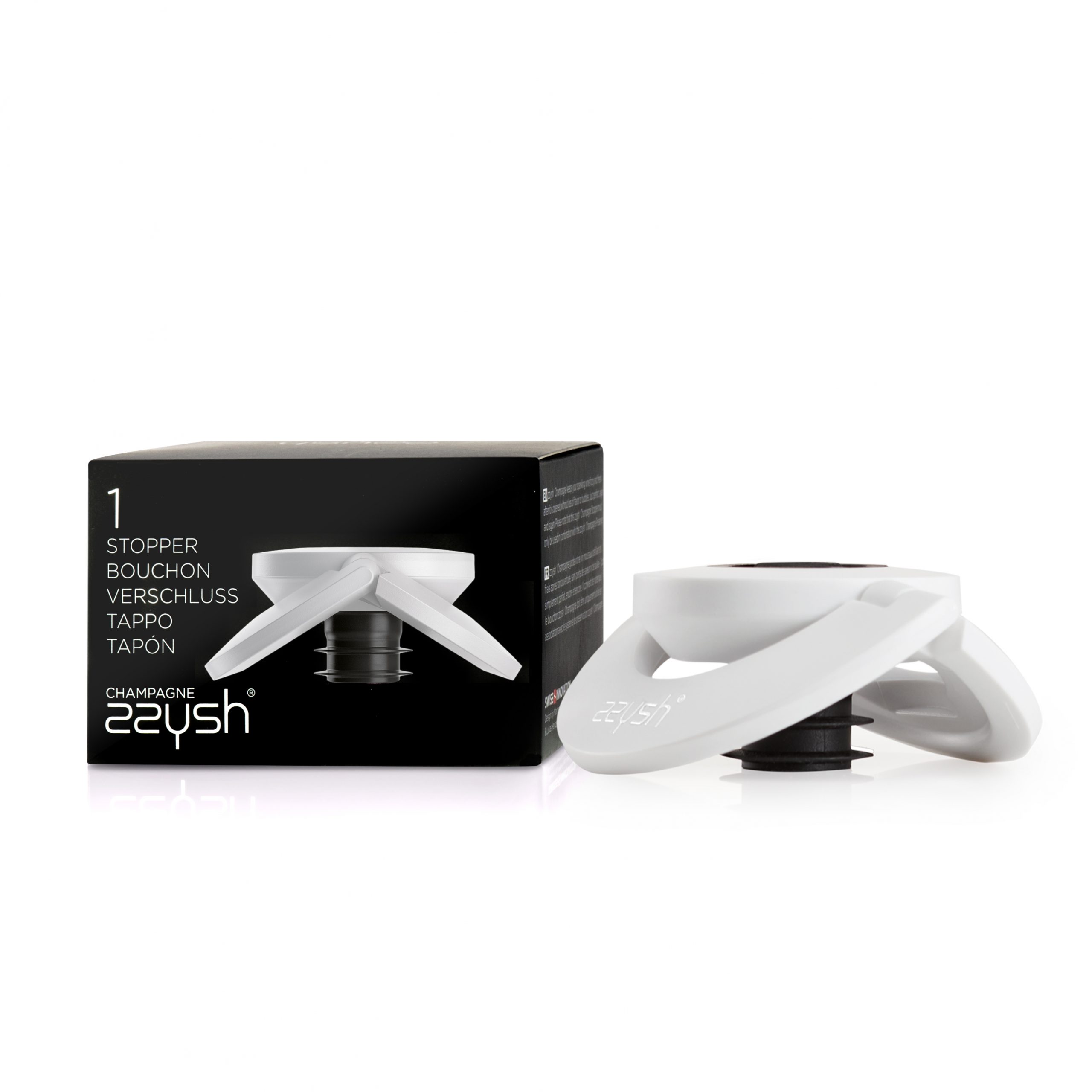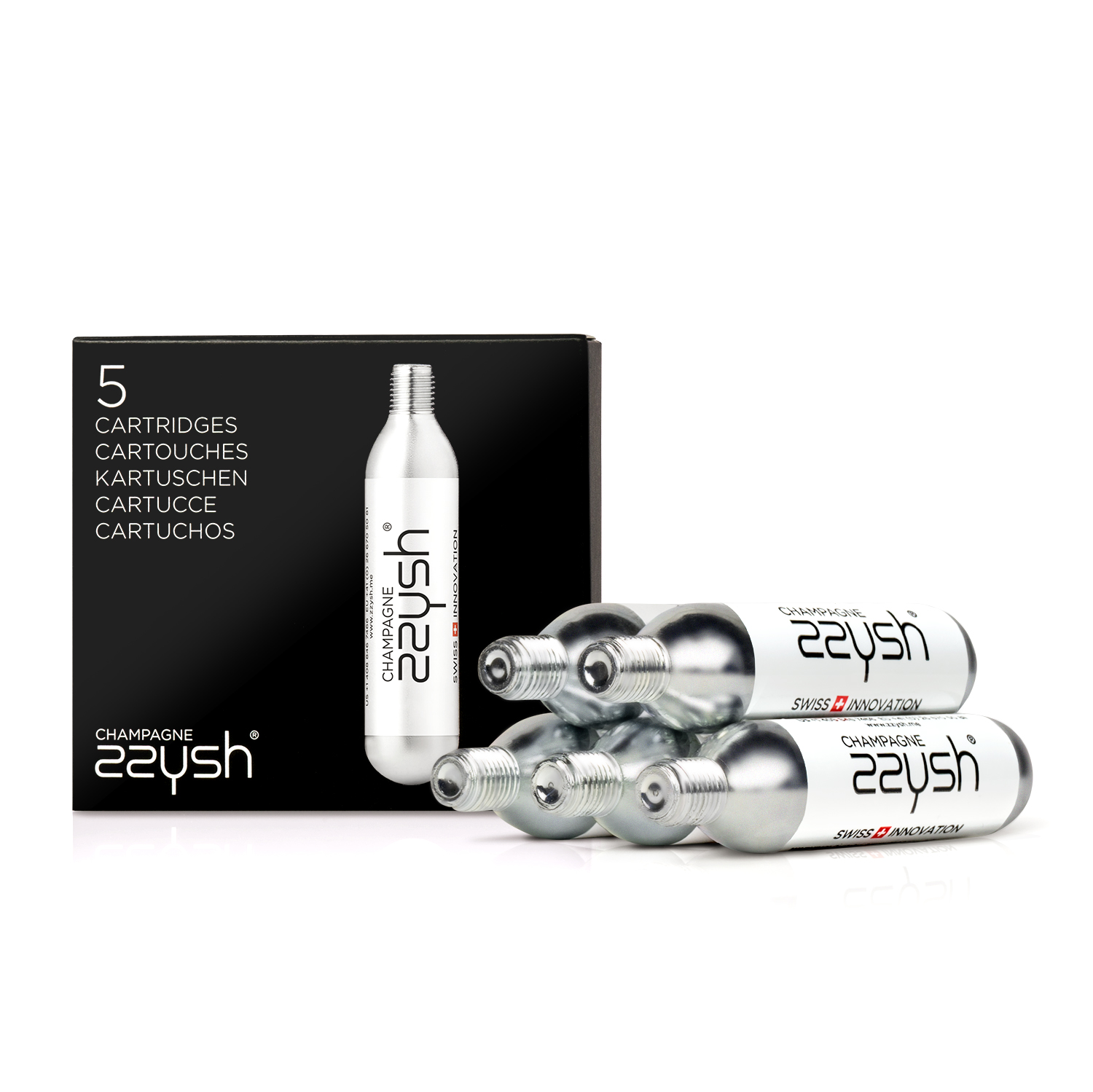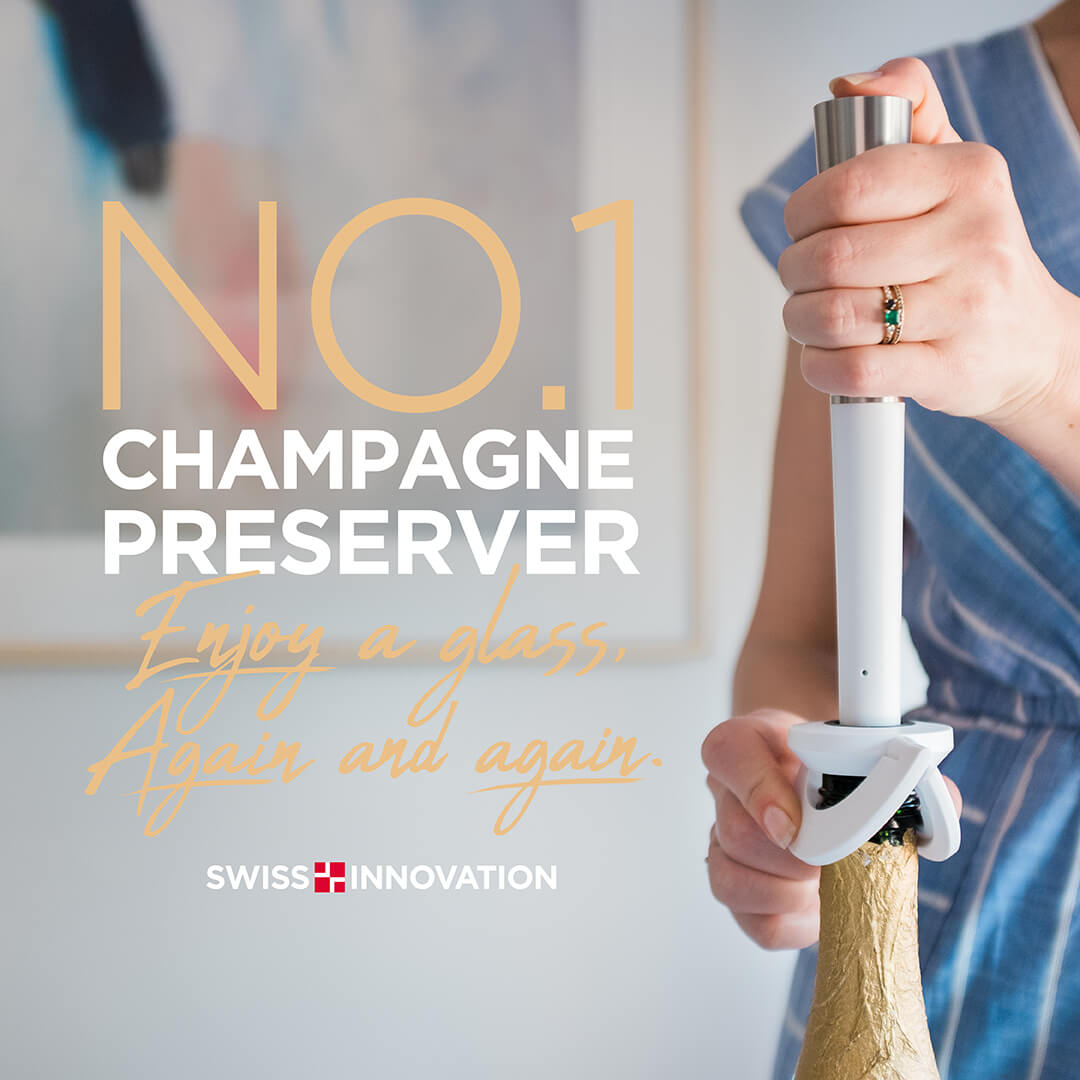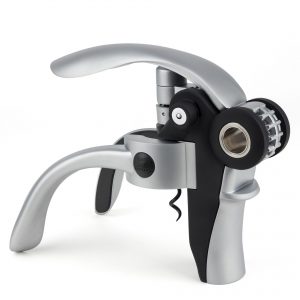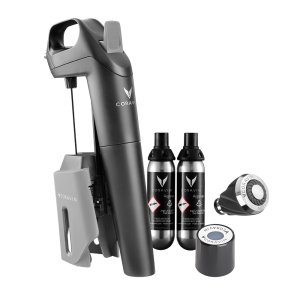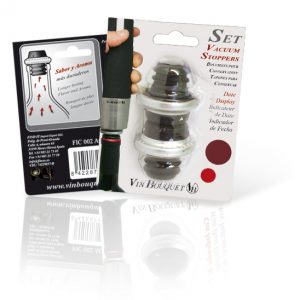Description
EVERY GLASS SHOULD BE LIKE THE FIRST!
The popularity and consumption of champagne is growing again and the selection is expanding. This great process is, of course, accompanied by all sorts of business and consumer challenges, including the classic question: how can you keep the champagne quality after opening the bottle? It may just seem like a hospitality problem, but we also face it many times at home because we don’t always run out of a full bottle or open more bottles than what guests eat.
You can taste or consume any number of bottles. All you have to do is buy a few extra plugs. They are available individually.
Incidentally, the Swiss company Zzysh uses an ingenious but simple effervescent stopper that fills the empty space in the bottle with gas using a mixture of argon and CO 2 gas. This perfectly seals the champagne from the air, without compromising its quality.
- It doesn’t cost many hundreds of thousands of HUF and guarantees the freshness of the champagne for 50-60 days (the quality depends on how many times the bottle is opened / closed during this time, the test was performed with two openings and closures). In our home test, we consumed a bottle of champagne in 2 weeks and it was excellent even after 8-10 openings / closures.
- Is there a good champagne stopper? Does the teaspoon really help keep the champagne fresh bubbling and bubbly? Unfortunately, we won’t know the answer to this until we give it a try. If you don’t keep its quality, then our champagne, no matter how delicious the first glass was, “ruined”.
- We at Színfolt KFT think that it is unnecessary to experiment with uncertainty. The Zzysh champagne seal guarantees the freshness of the champagne left in the bottle for approx. For 2 weeks to make each glass look like the first. This is made possible by a mixture of argon and carbon dioxide gas in the closure, which can be added to the bottle through the closure cap, displacing oxygen.

